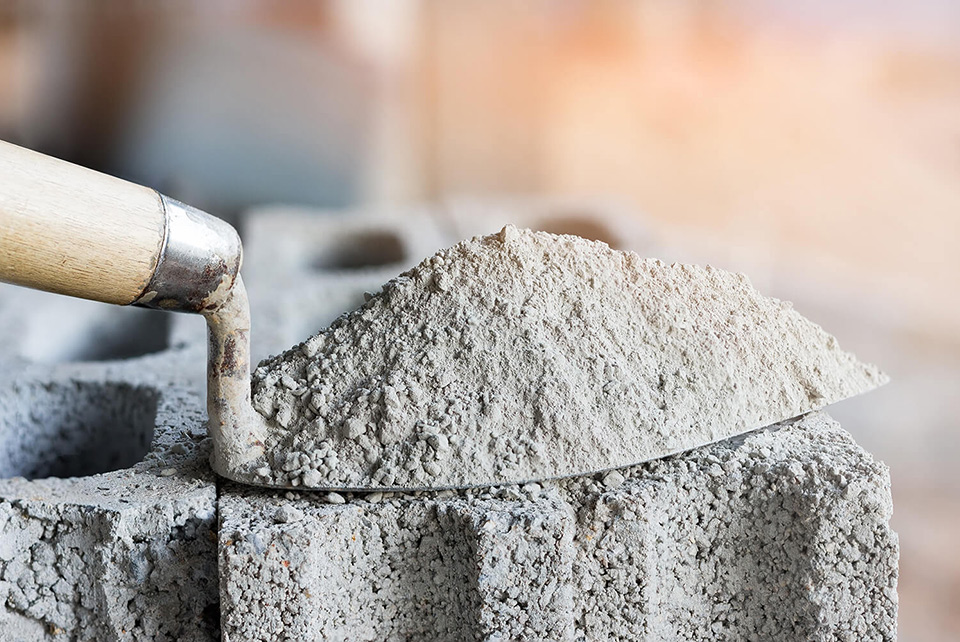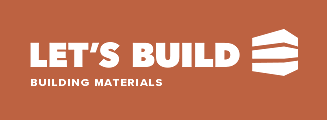All products
External thermal insulation systems (thermal facade)
Let's Build uses the set of certified WEBER materials of the Saint-Gobain group, considered the best choice for thermal insulation today. The process starts with glue, followed by special insulating plates made of:
1
Expanded polystyrene, commonly known as styrofoam (during its production it has the form of granules, while the resulting product becomes condenced).
2
Extruded polystyrene in the form of a plate (does not absorb water and is an ideal solution in places with increased humidity). In the cases it contains graphite, it is expanded graphite or extruded polystyrene.
Next come the special mechanical fixing plugs and the creation of an anti-fracture substrate. At the end, the priming and the white or colored pasty plaster are applied. Let's Build makes the commitment that the building created will remain protected from adverse weather conditions, both during winter and summer.
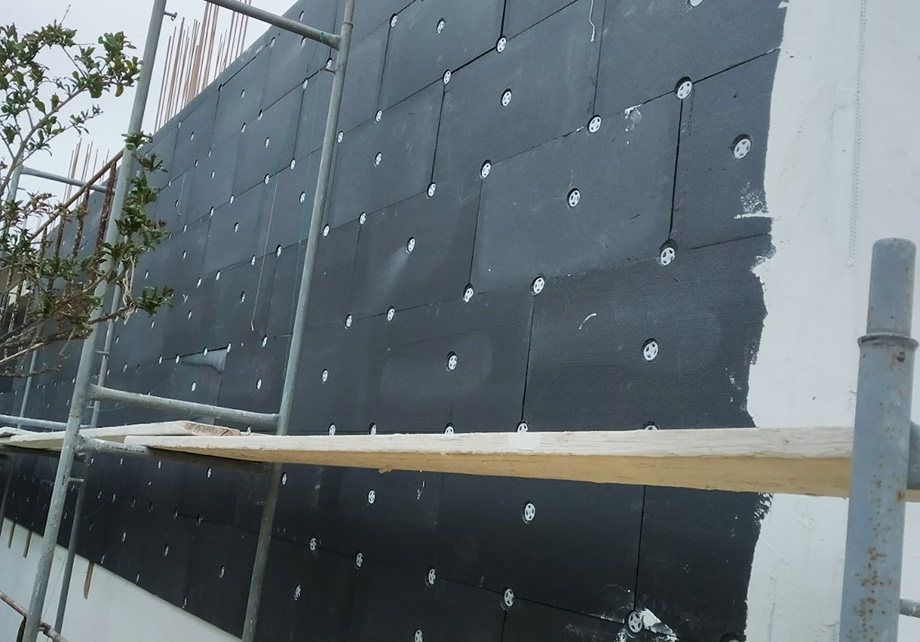
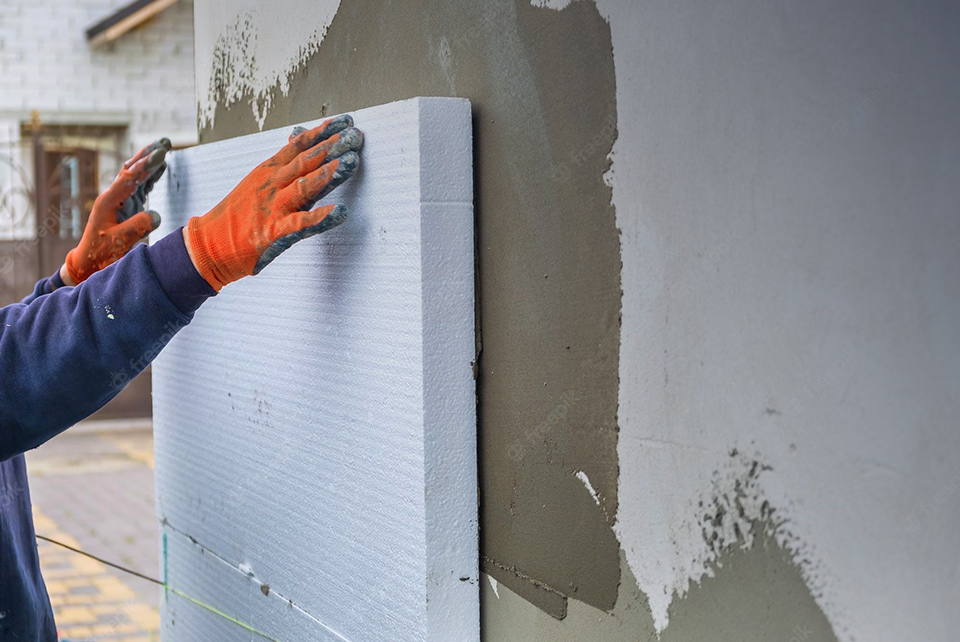
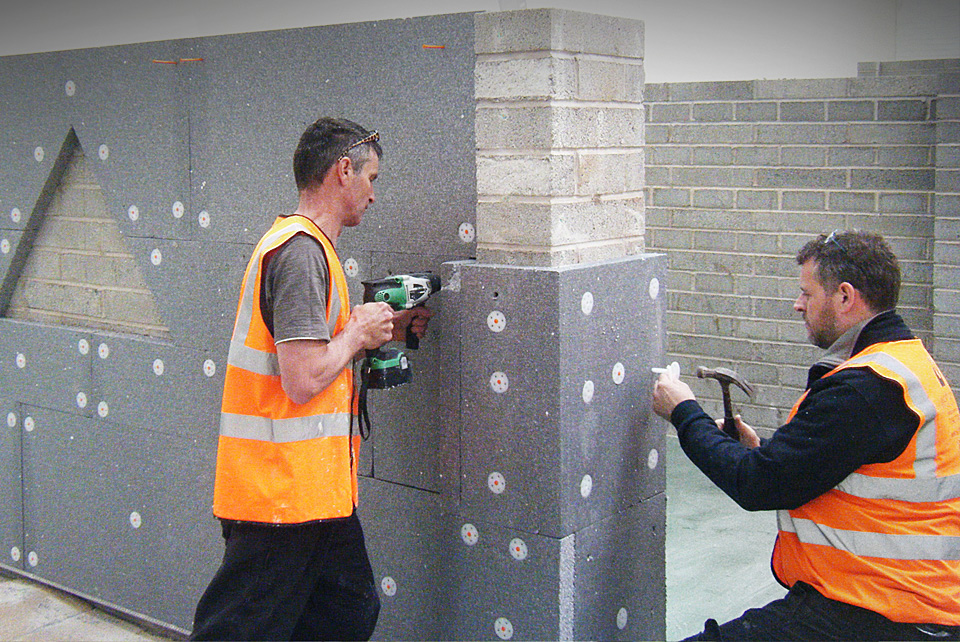
Insulation
The following materials are available for insulation:
- Polystyrene (extruded or expanded) Rockwool(inorganic thermal insulation material made from oxide - silicon fibers)
- ISOVER mineral wool (resistant thermal insulation material)
- Insulating roof plates (ideal if a roof is cold or metal)
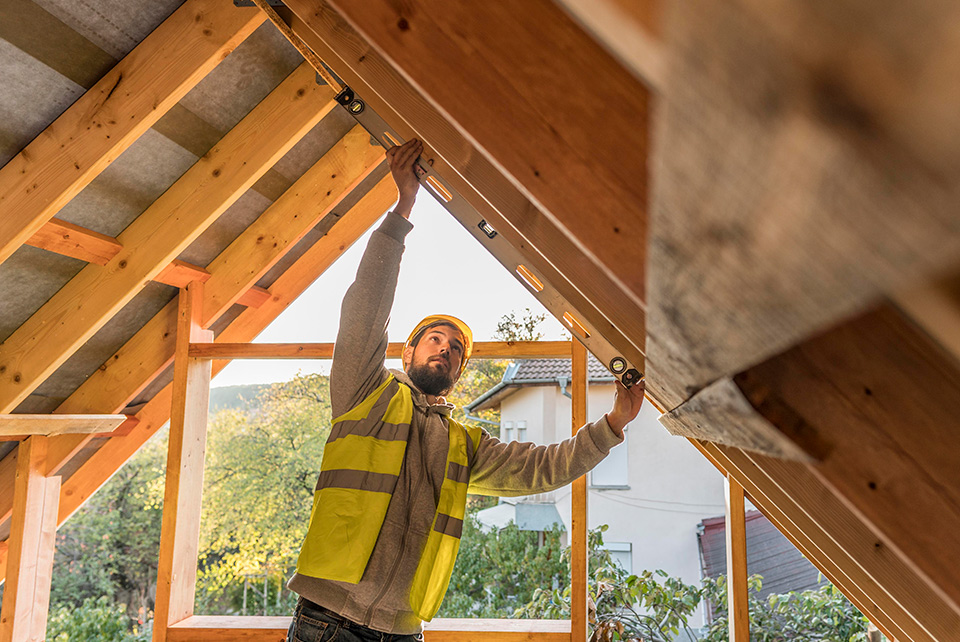
Waterproofing
Waterproofing is, what we say, the "icing on the cake" in any construction work. It is the most important and necessary process, especially in areas located at the top of a building, so that they do not host moisture. The materials used are:
1
Asphalt membranes (plastomeric or elastomeric). Asphalt membranes are also known as tarps and are a financially clever solution for roof waterproofing.
2
Coating materials (polyurethane, bituminous, cementitious), which create a strong waterproofing membrane.
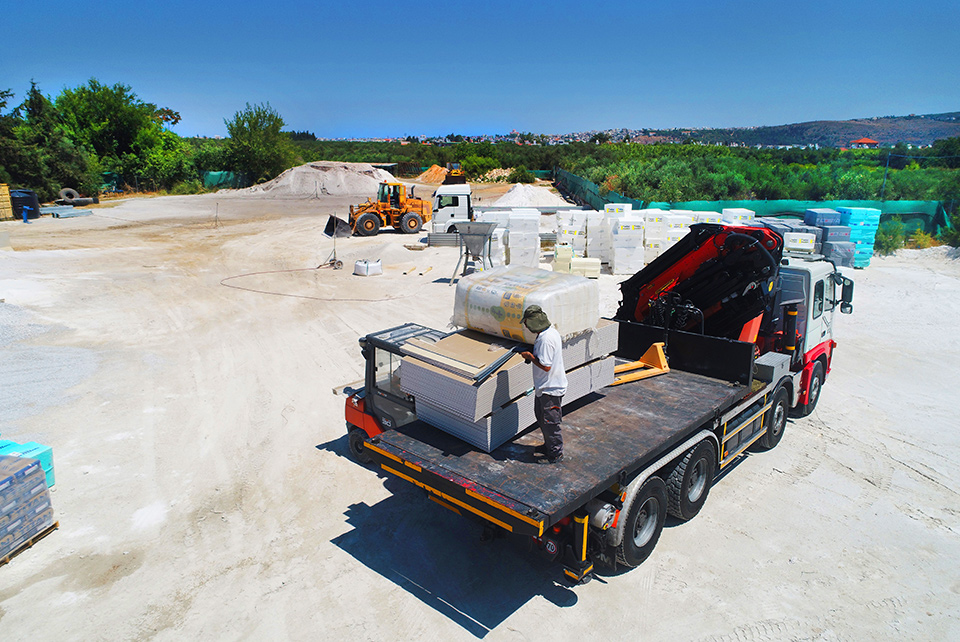
Dry costruction
It is the This is the most contemporary building trend in the field of construction today, both externally and internally. Let's Build uses Rigips dry building materials, from the Saint-Gobain Group:
1
Rigips plasterboards made of natural gypsum, environmentally friendly, meeting all European standards.
2
Glass boards, which are more resistant to mold and moisture.
3
Duragyp fiberboards, ideal for constructions such as apartment buildings and hotels. They have excellent resistance to fire and offer high levels of sound insulation. They are recyclable and completely environmentally friendly.
4
Rigidur fibreboards that fully satisfy the needs of heavy weight hanging.
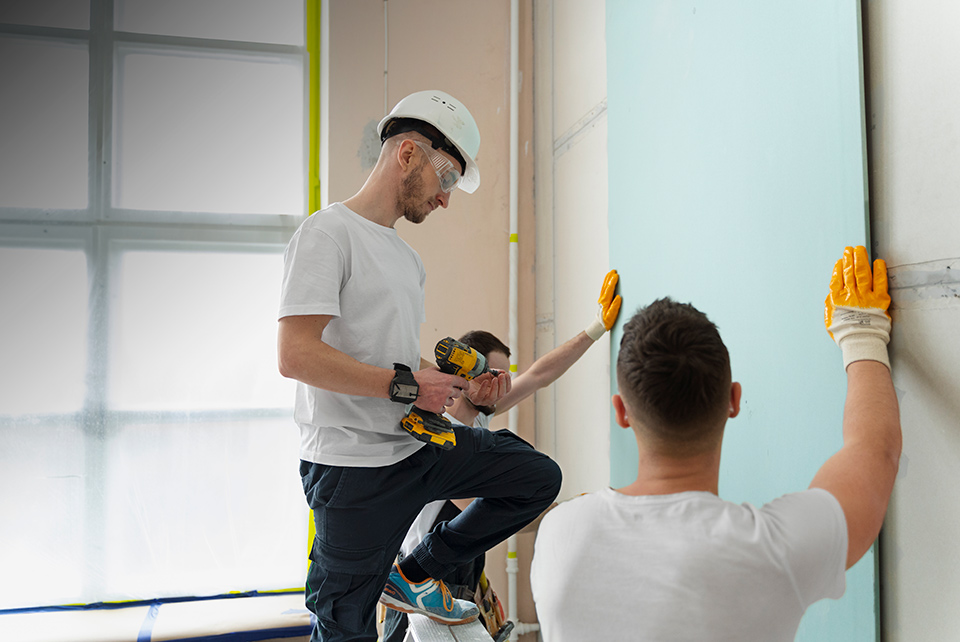
Inert materials
Aggregate materials are derived from the fracture or fragmentation of rocks, and so there is no chemical reaction between them and the welding materials. Let's Build uses the following materials in a variety of grain sizes:
- Egyptian quartz sand in large bags, also known as big bags, in various grain sizes. This specific type of sand is blond, dry, of a high-level hardness. It is suitable for grouting, plastering, sandblasting, and for non-slip use (swimming pools, etc.)
- Damarisia sand (also known as quarry sand), gravel, mosaic (bulk or in big bags).
- Sea sand that is delivered washed, sieved and free of clay.
- Marble dust, a material for smoothing plasters (Kavala, Paros).
- River pebbles, without corners, with an impact surface in various grain sizes.
- Original pumice stone from Nisyros island. It is sold in various grain sizes, in bulk or in big bags.
- Silica sand, suitable for substrates, in bulk or in big bags.
- Greek Kimolos island zeolite in various grain sizes.
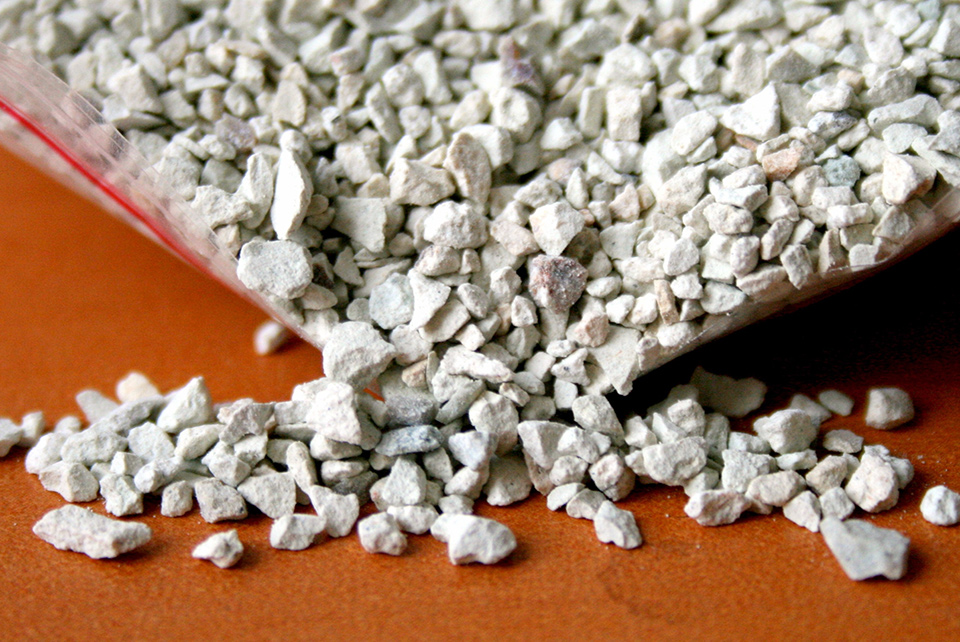
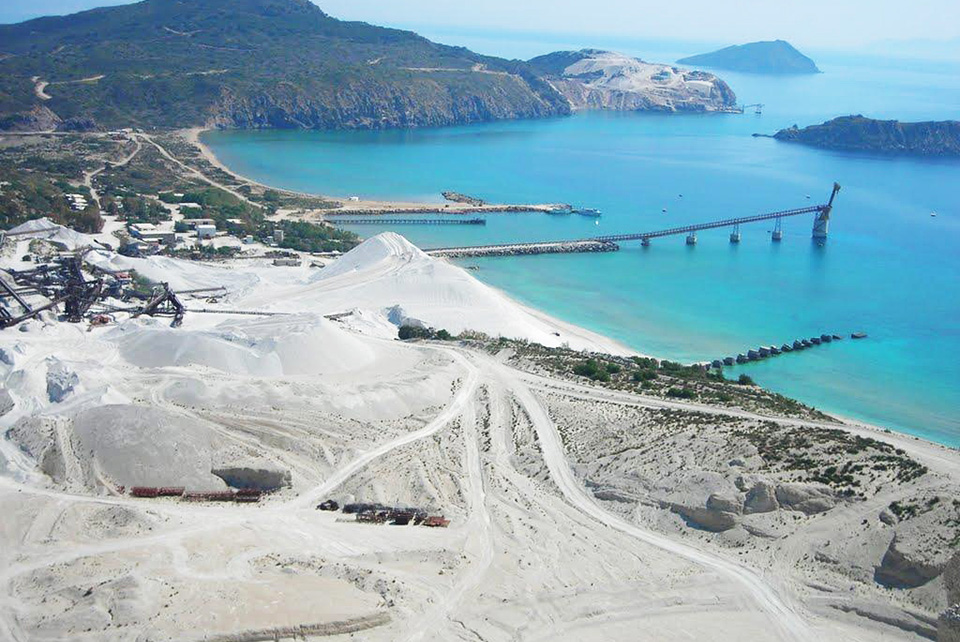
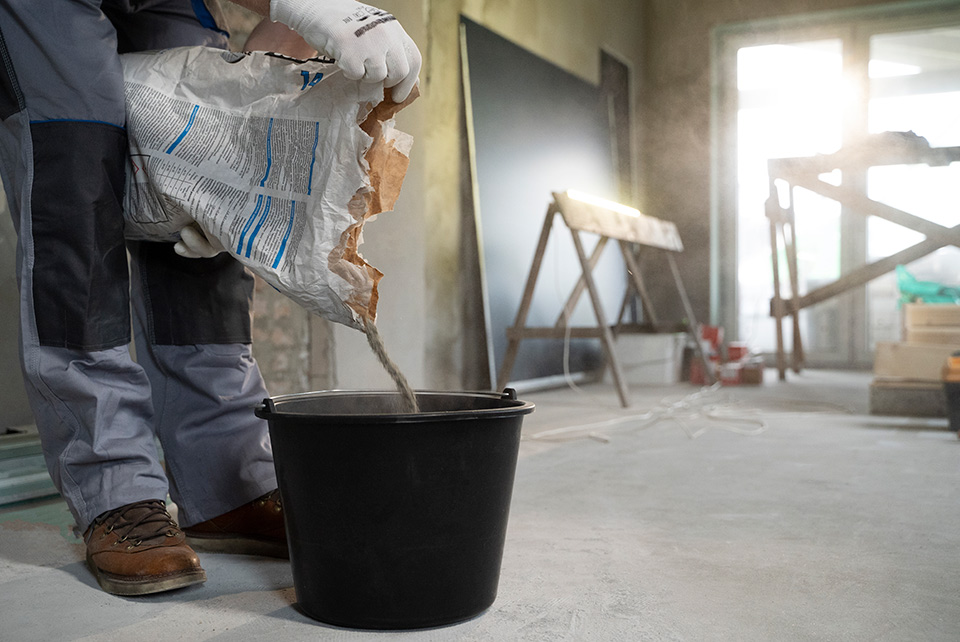
Cementitious materials
These are waterproofing materials with cement as their main component, for exterior and interior spaces:
1
Cement
2
Construction mud
3
Ready-made plasters
4
Repair mortars, i.e. waterproofing powders
5
Self-levelling mortars for leveling floors
